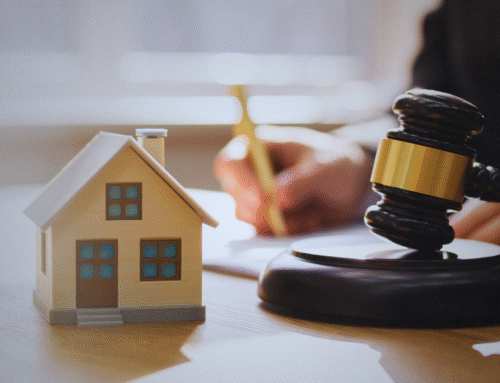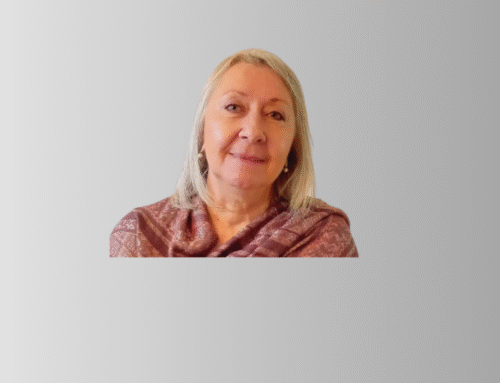In the previous article I discussed the importance of climate when determining the value of a farm. Rainfall, temperature, wind, frost and hail were of specific importance.
In this article we are going to take a closer look at one of the biggest factors influencing the value of a farm, namely the level of development.
The level of development in terms of infrastructure and improvements has a direct influence on a farm’s price per hectare. Undeveloped farms in the same area are normally cheaper per hectare than developed farms. However, the increased value due to the development is seldom equal to the cost of the development. Over-capitalization is always a risk, especially on smaller farming units. Over-capitalization, put simply, means to improve a property beyond its resale value. This usually happens when improvements are added which are not necessary for the normal functioning of the farm. Or when the quality of the finishes of improvements is much higher than what is considered to be normal and acceptable. One of the primary “laws” of property valuation comes into play here, which is COST DOES NOT EQUAL VALUE.
The types of improvements are classified as follows:
Class A improvements
These are improvements normally found on a farm and that are utilized in the normal day-to-day operations of a farm. These include residential housing and normal operational farm buildings. Class A improvements are valued in addition to the value of the land components. They do not form part of, for instance, the normal wasteland, homestead or grazing land value. Residential houses are placed in categories that relate to different ranges of building costs.
Normal operational farm buildings are those buildings that are necessary for the day-to-day activities on the farm, such as sheds, store rooms, workshops, pump houses, an office etc. Specialized improvements are improvements that are not usually found on a standard farm, but which have been constructed for a specific farming type. These improvements include amongst others abattoirs, charcoal plants, cold rooms, feed and grain mills, pack houses, silos, saw mills, stables, wine cellars etc.
The key factor when determining the additional value of Class A improvements is depreciation. Depreciation, put simply, is a reduction in the value of an asset over time. The method of valuation that is universally used to value Class A improvements on a farm is called the Depreciated Replacement Cost method. It involves determining a market related replacement cost for the improvement, where-after amounts are deducted for more than one type of depreciation. The types of depreciation include physical, economical and functional depreciation. Additionally, an amount for Purchaser’s resistance is also deducted.
Class B improvements
These consist of improvements that are universally accepted as “part of the land”. These includes fences, pipelines, water reservoirs, roads, erosion works (weirs), normal livestock handling facilities and so forth. Class B improvements are valued as an integral part of the land, for instance the value of grazing land includes the value of fences, water reticulation and normal livestock handling facilities. The same applies to irrigation land, which include the value of irrigation mainlines, furrows and canals, and everything from the point of extraction to the point of connection to the in-land irrigation system, for example a pivot.
If Class B improvements are in a poor condition, the land component will be valued lower than the norm or calculated comparable value for the area.
Class S improvements
Specialised improvements are those that are not usually found on a standard farm, but which have been constructed for a specific farming type. These include amongst others abattoirs, charcoal plants, cold rooms, feed and grain mills, pack houses, silos, saw mills, stables, wine cellars etc. These improvements are valued and classified separately from the normal Class A improvements. Specialised improvements usually require specialised equipment, such as a milking machine, layer-hen cages, fruit sorting machines etc. It is always debatable whether these types of equipment are moveable assets or integral parts of the fixed improvement. Without this equipment the structure is not functional.
Financial institutions often require that the valuation of improvements exclude specialized equipment, whereas a prospective buyer or an auditor may require it to be included in a valuation.
Permanent crops
The factors that influence the value of permanent crops are locality, crop type, plant population, orchard establishment, irrigation, location on farm, yield history and condition of the orchard.
The area of locality and crop type have to do with adaptability related to climate, water requirements, etc. The plant population, establishment, irrigation and location on the farm have to do with technical issues, while yield history and the condition of the orchard have to do with the performance of the orchard. The adaptability can be expressed in a cultivar index while the rest are normally expressed as a rating for each individual orchard.
These factors will be discussed in more detail in a follow-up article.
It is evident that the level of development of a farm has a profound influence on its open market value. The possible presence of over-capitalization should however be duly noted by a prospective buyer, and the negative effect be negotiated with a seller.
Rumpff Krüger
Professional Valuer
Commercial, Industrial & Agricultural
Special mention and thanks to Mr. Pine Pienaar who graciously gave permission for his book, Farm Valuations in Practice (Pienaar, 2013) to be used as a source.
*This article was originally published on the Farmer’s Weekly website




